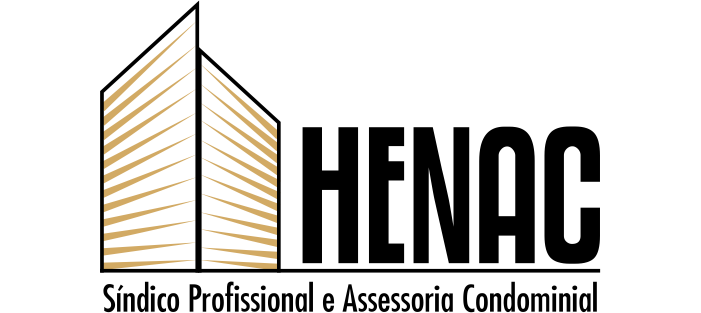Top Google Ranking Factors in 2025 With Data
What Is an SEO Audit? Why Do an SEO Audit? And How?
junho 26, 2025What Is SEO: Explore Types, Benefits, and How It Works
junho 27, 2025Search Engine Results Pages (SERPs) have evolved, featuring not only organic listings but also various SERP features such as featured snippets, local packs, and related questions. These features provide additional avenues for visibility beyond traditional rankings. Assessing competition is essential to developing an effective SEO strategy. Keyword difficulty measures how challenging it is to rank for a specific term. A high keyword difficulty indicates many sites are targeting that keyword, making it harder for you to rank favorably. Prioritize keywords that balance high search volume with lower competition.
User behavior in search results
These metrics will be increasingly important for ranking, especially as user experience continues to take center stage. Create linkable assets, such as original research, SEO Anomaly infographics, and interactive tools that naturally attract links from other high-authority sites. These assets contribute not only to higher backlinks but may also serve as a long-term traffic source. Improving your website’s SEO rankings helps increase visibility and attract more visitors. Content relevancy means how well your content matches what users are searching for.
Google’s support page reveals the three local SEO ranking factors you should be focusing on. For example, the number of citations in directories, mentions and backlinks from respected local websites, online reviews, as well as the business’ website and blog content/structure. In 2024, a combination of traditional and innovative strategies remains crucial for succeeding in local SEO. Unquestionably, the well-established local search ranking factors continue to be of utmost importance. Furthermore, link signals, including inbound links from high domain authority websites, have a considerable influence on local organic rankings. They help build your website’s credibility and improve its visibility on local search results.
- For beginners, understanding how to implement SEO tools for comprehensive data analysis can be the key to unlocking SEO success.
- Get more tips on mobile-friendly design to improve Google search ranking in our guide to improving your mobile conversion rate.
- Refer to our dedicated tutorial on link-building techniques to build quality links for your website.
- When you use structured data, you can get your pages to appear as rich snippets on the Google search results page.
- Historically, third-party review sites have also affected local rankings – and have a strong influence on conversions from customers.
- Also, the aim is to have a website load time under 2.5 seconds for the best user engagement and ranking results.
Google algorithm: How it works and what are its 5…
A high bounce rate can indicate a poor user experience, but it’s not a direct Google ranking factor. It can, however, indirectly affect your rankings if it leads to decreased user engagement and time on site. To improve your bounce rate, create high-quality content that engages users and aligns with search intent. SEO ranking refers to a website’s position on search engine results for a specific query. Google ranks websites based on multiple factors, including content quality, backlinks, page speed, and user experience.
Google’s systems also consider content usability—i.e., whether the content is safe and easy to access and interact with. On average, the #1 organic result has a 10x higher click-through rate than the #10 organic result. When done right, you can see an instant 12% lift on driving sales. I highly recommend that you use OptinMonster for growing your email list and sales. Other powerful All in One SEO features include schema markup, smart XML sitemaps, robots.txt editor, SEO health check, and more. Since people get the answer to their questions directly, they may have no reason to continue to the content.
I lead strategic marketing and business development initiatives, helping businesses overcome plateaus and achieve significant growth. My journey has led me to collaborate with leading businesses and apply my knowledge to revolutionize industries. You can hide some parts of your mobile website to increase usability for mobile users.
